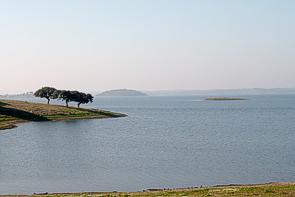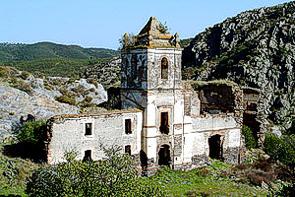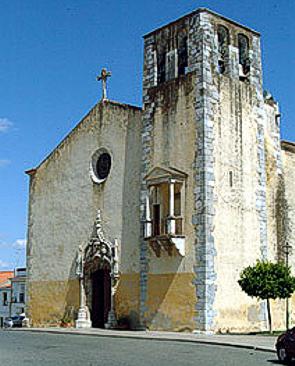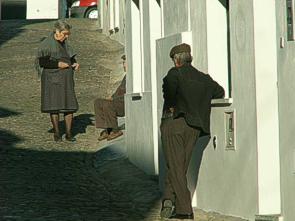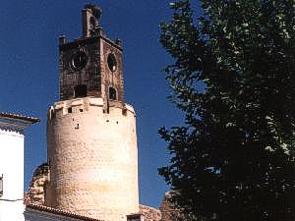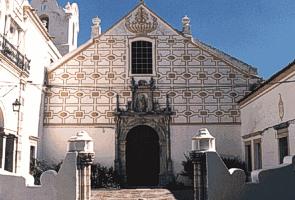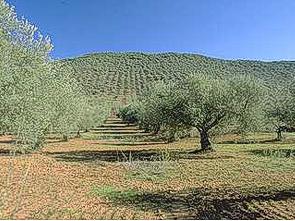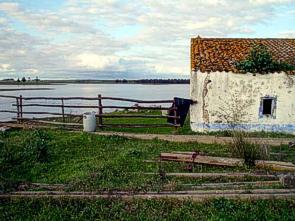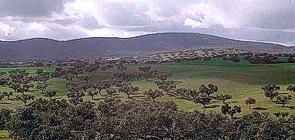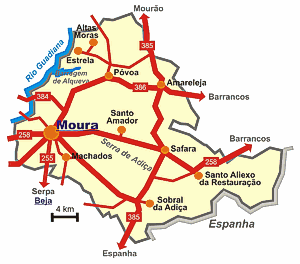Castle
Romans and arabs left countless marks of their presence in Alentejo for many centuries. Castelo de Moura is another memory of muslim times, when it was built. From those times, there are still some towers, including Torre de Taipa. In the 14th century, the castle was rebuilt by order of king Dinis, and Torre de Menagem (Watchtower) was then added. Later, there were other modifications, namely in the time of king Manuel. Inside, there are still vestiges of the old Convento de Nossa Senhora da Assunção (Our Lady Convent), at the place where the town´s first mother church was built.
St. Peter's Church
The Igreja de São Pedro, from the 17th century, deserves to be mentioned for its collection of decorated tiles of rare beauty and value. On the simple white-washed facade, the small but intricately carved doorway is well worth admiring.
St. Francis Church
The Igreja de São Francisco was started to build in the middle of the 16th century by king João III, but was only concluded much later. To the right of the main chapel, the Capela da Vieira, entirely sculpted in white marble, greatly enhances the interior decoration. |
|
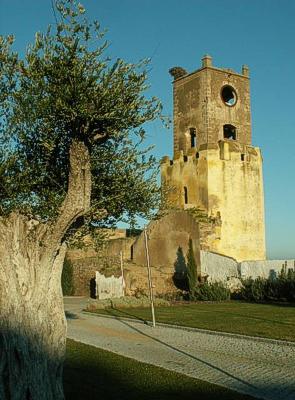 |
